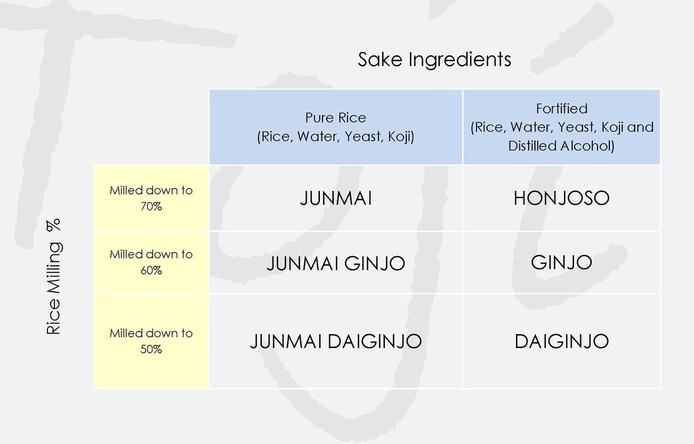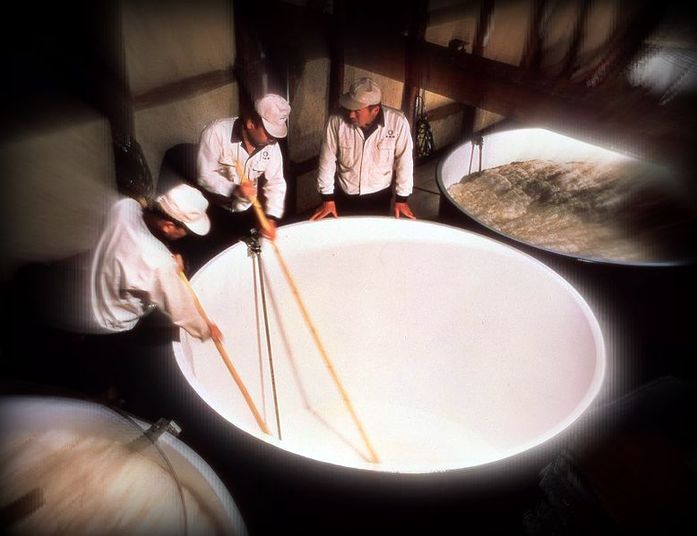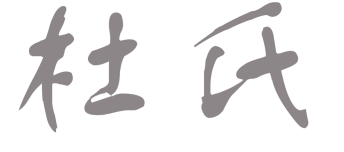Sake Classification
|
Japanese sake is made with rice that has been polished or milled down. The rice polishing ratio is the percentage of the rice that remains after the husk (outer portion) of the brown rice (all rice is brown prior to removal of the husk) is polished off.
So technically, if the number of the rice polishing ratio is lower, the rice had to be polished more. It usually takes 2 to 3 days to polish rice down to less than half its original size. |
|
If the sake is made with rice that has a higher percentage of its husk and outer portion of the core milled off, then more rice will be required to make that particular sake As a result, sake made with rice that has been highly milled (much of the rice has been polished off) is usually more expensive than a sake that has been made using less polished rice. However, this does not always mean that sake made by highly milled rice is of better quality than sake made by rice that has been milled less.
The sake made with the more highly polished rice is certainly cleaner and more refined. Regardless of how much one can polish the best rice, the process is ultimately useless if the rice is not polished correctly.
The sake made with the more highly polished rice is certainly cleaner and more refined. Regardless of how much one can polish the best rice, the process is ultimately useless if the rice is not polished correctly.
Generally speaking, there are five basic types of sake.








